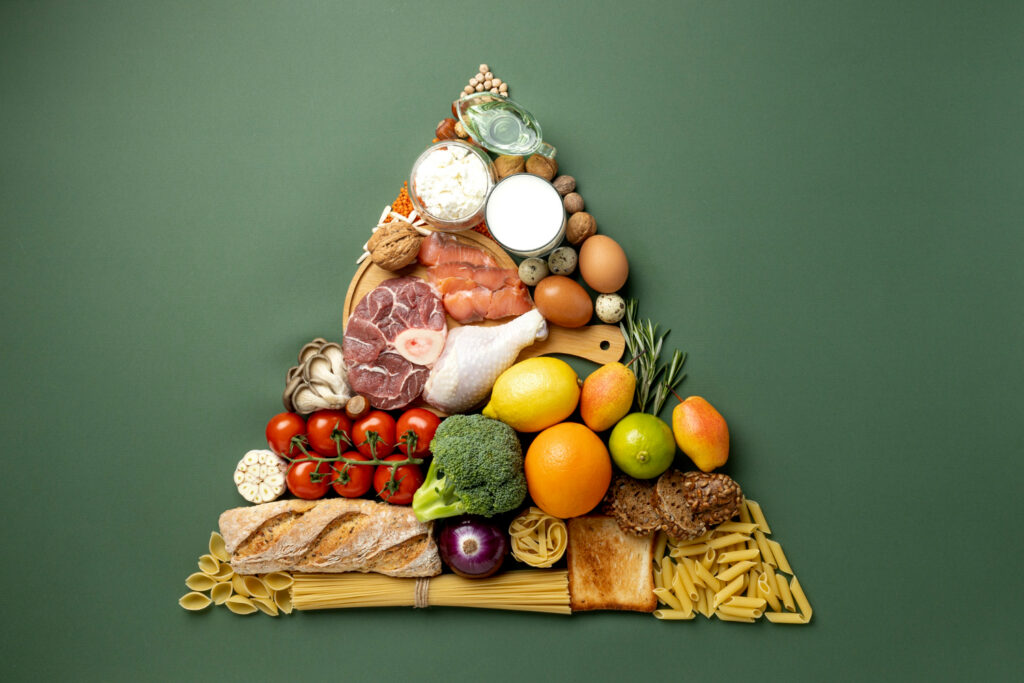
For many people, digestive discomfort can be a daily challenge, affecting their quality of life. The low-FODMAP diet has emerged as a potential solution, offering relief to those with irritable bowel syndrome (IBS) and other digestive issues. In this article, we’ll explore the low-FODMAP diet, how it can help individuals with digestive discomfort, and provide a list of low-FODMAP foods along with sample meal plans to get you started.
Understanding the Low-FODMAP Diet
The Low-FODMAP diet is designed to alleviate symptoms associated with certain gastrointestinal disorders, particularly irritable bowel syndrome (IBS). FODMAPs are fermentable oligosaccharides, disaccharides, monosaccharides, and polyols – a group of carbohydrates that can trigger digestive symptoms in susceptible individuals. These include bloating, gas, abdominal pain, and diarrhea.
How Does the Low-FODMAP Diet Work?
The low-FODMAP diet involves eliminating high-FODMAP foods from your diet for a specified period, typically around 6 to 8 weeks. This helps identify which specific FODMAPs trigger your symptoms. After this elimination phase, you systematically reintroduce FODMAP groups to pinpoint the sources of your digestive discomfort.
List of Low-FODMAP Foods
Here is a list of low-FODMAP foods to include in your diet:
- Proteins:
- Chicken
- Turkey
- Fish
- Tofu (firm)
- Quinoa
- Vegetables:
- Carrots
- Zucchini
- Spinach
- Bell peppers
- Cucumber
- Fruits:
- Strawberries
- Blueberries
- Oranges
- Kiwi (1/2 fruit)
- Grapes
- Grains:
- Rice
- Oats (limited quantity)
- Polenta
- Cornflakes (limited quantity)
- Gluten-free bread (sourdough)
- Dairy:
- Lactose-free milk
- Hard cheeses (e.g., cheddar)
- Butter
- Lactose-free yogurt
- Fats and Oils:
- Olive oil
- Coconut oil
- Butter (lactose-free)
- Peanut oil
Sample Low-FODMAP Meal Plan
Here’s a sample meal plan to get you started on the low-FODMAP diet:
Day 1
- Breakfast: Scrambled eggs with spinach and tomatoes
- Lunch: Grilled chicken with quinoa and a side of carrots
- Snack: Blueberries
- Dinner: Baked salmon with zucchini and mashed potatoes (using lactose-free milk)
Day 2
- Breakfast: Omelet with bell peppers and feta (lactose-free)
- Lunch: Tofu stir-fry with bok choy and rice
- Snack: Grapes
- Dinner: Grilled turkey with green beans and polenta
Day 3
- Breakfast: Greek yogurt (lactose-free) with strawberries
- Lunch: Spinach salad with grilled chicken and orange slices
- Snack: Rice cakes with peanut butter
- Dinner: Baked cod with roasted bell peppers and carrots
The low-FODMAP diet is a valuable tool for individuals struggling with digestive discomfort, particularly those with IBS. By identifying and avoiding high-FODMAP foods and incorporating low-FODMAP options into your diet, you can take control of your digestive health and enjoy a more comfortable life.
Remember that it’s crucial to work with a healthcare professional or dietitian when embarking on the low-FODMAP diet, as it requires proper guidance and monitoring. Over time, you can reintroduce certain FODMAPs to determine your individual triggers and continue to make informed dietary choices for lasting digestive health.
Incorporating these FODMAP-friendly recipes and foods into your daily meals can be a significant step toward achieving relief from digestive discomfort and improving your overall well-being.

